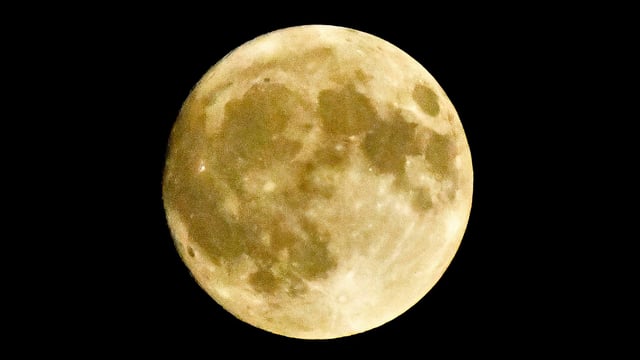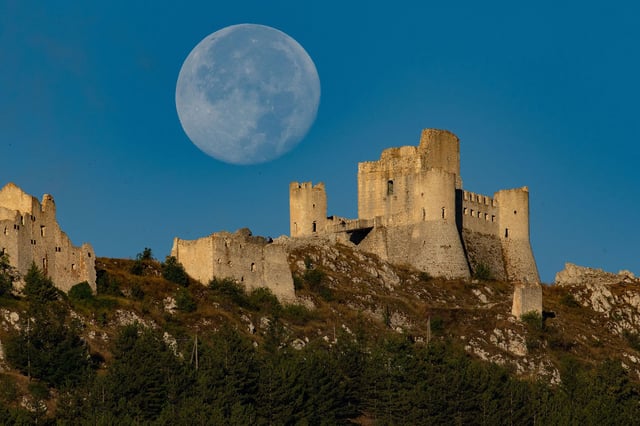Overview
- The full moon will appear at its brightest in North America between the nights of August 8 and 9, reaching maximum illumination at 3:55 a.m. ET on August 9.
- August’s ‘Sturgeon Moon’ name reflects late-summer lake sturgeon runs in the Great Lakes and Lake Champlain, a designation first noted by Indigenous tribes and later adopted by The Old Farmer’s Almanac.
- NASA warns that the moon’s glare will wash out many of the fainter meteors during the Perseid shower peak on August 12–13, reducing overall meteor visibility.
- Lunar science lead Kelsey Young of NASA’s Artemis II mission advises observers to escape city lights for the sharpest view of lunar features and full-moon brightness.
- In 2024 the U.S. Fish and Wildlife Service determined that lake sturgeon populations have rebounded sufficiently to be removed from Endangered Species Act protection.



